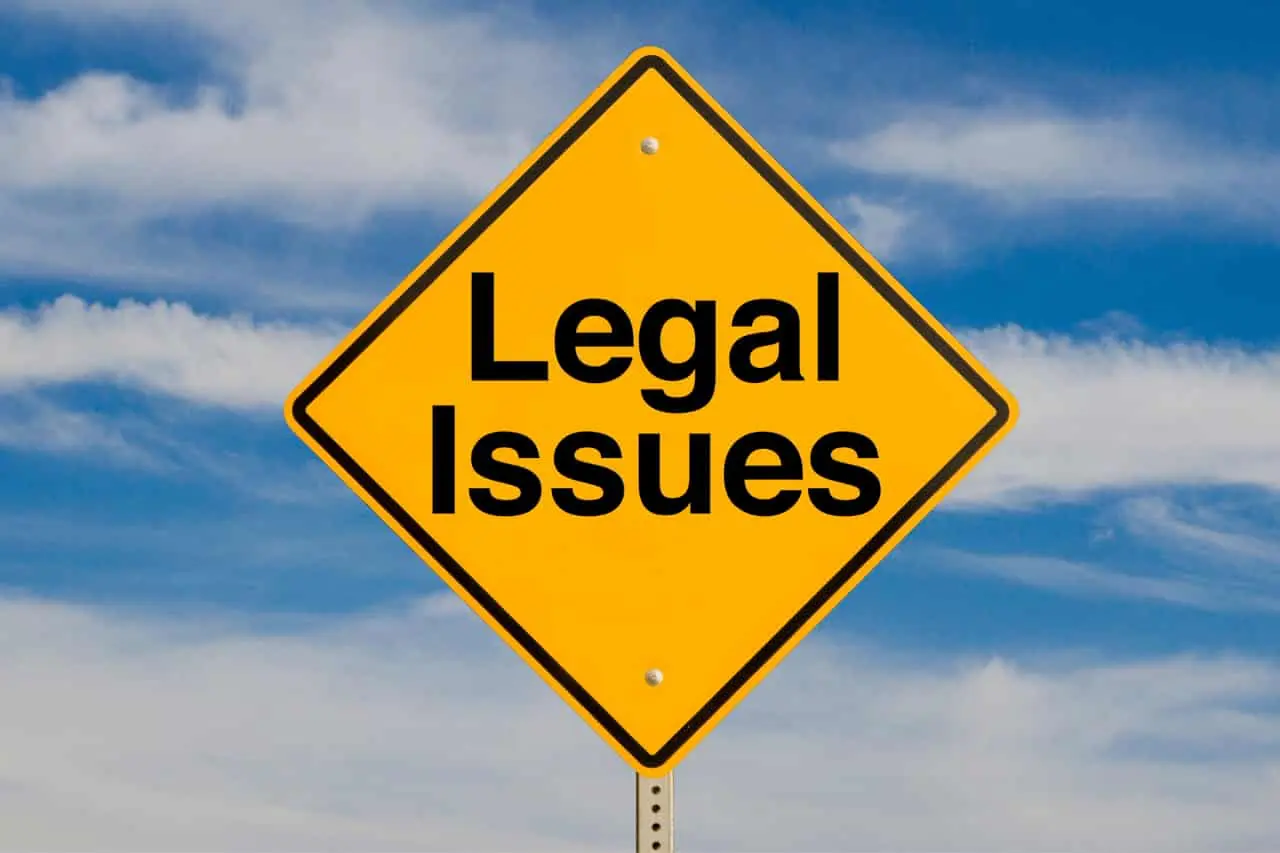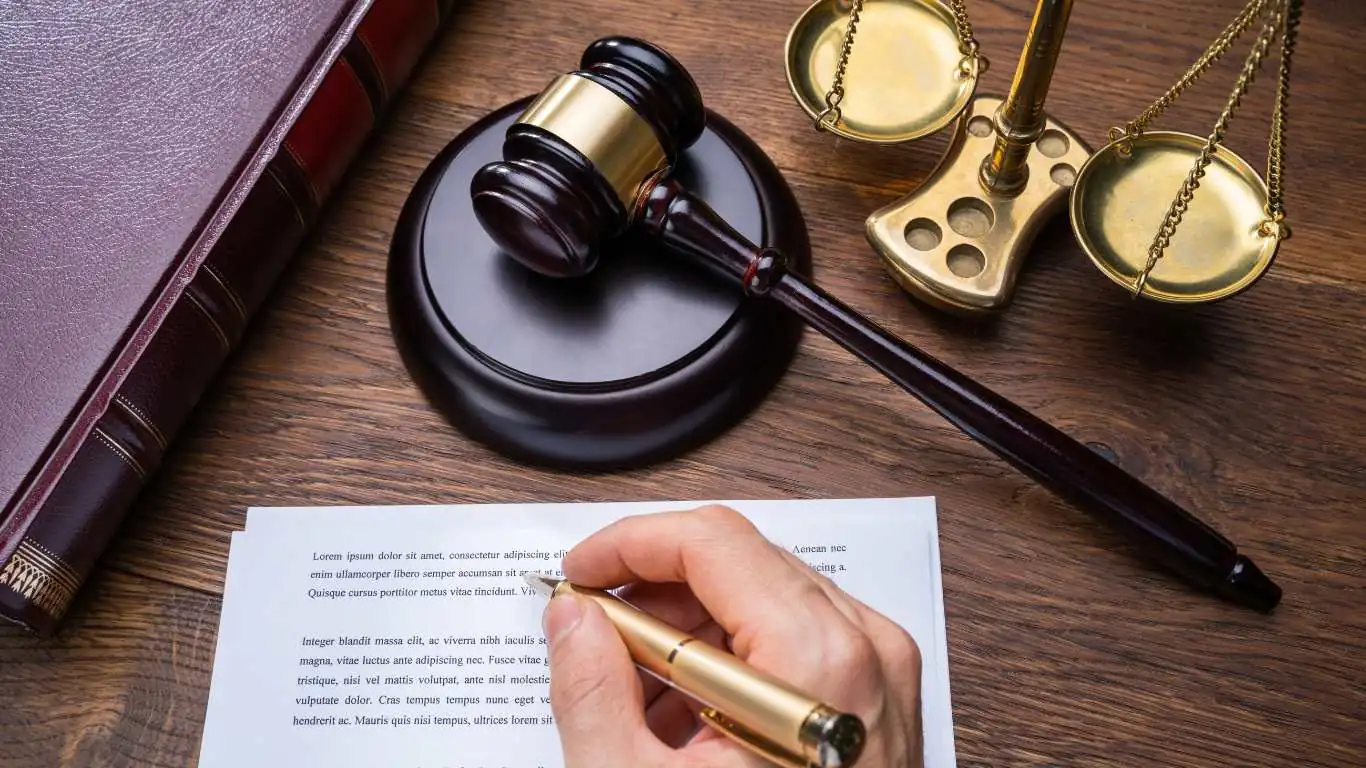If you’re looking to master legal problem solving reasoning research and writing, you’re in the right place. Whether you’re a law student, recent graduate, or early-career legal professional, understanding how to analyze legal problems, apply sound reasoning, conduct thorough legal research, and craft compelling legal documents is fundamental for real-world success in law.
With a focus on practical, actionable advice, this comprehensive guide breaks down essential skills and strategies for excelling at legal analysis, legal reasoning, case research, writing legal memos, and more. The content emphasizes clarity, structure, and a hands-on approach to developing confidence in every aspect of the legal problem-solving process.
Why Legal Problem Solving Reasoning Research and Writing Matter
Success in law depends on more than just understanding statutes and precedents. Real-world legal work demands the ability to:
- Identify and frame legal problems with precision
- Apply logical and creative legal reasoning
- Conduct systematic legal research across cases, statutes, and commentary
- Write clearly and persuasively for different audiences
Mastering these skills means you can confidently tackle client issues, write effective legal opinions, and stand out in your legal career.
Building Blocks of Legal Problem Solving

Understanding the Legal Problem-Solving Process
Every successful handling of a legal issue begins with problem identification. Legal problem solving involves:
- Carefully reading the facts and discerning relevant issues
- Distinguishing legal questions from factual disputes
- Recognizing apparent gaps or ambiguities in existing law
- Breaking complex problems into manageable sub-issues
Step-by-Step Approach to Legal Problem Solving
- Identify the Key Facts:
Distinguish between legally significant facts and irrelevant details. - Frame Each Issue Clearly:
Write issues as concise questions (e.g., “Does the defendant have a duty of care under these circumstances?”). - Prioritize Issues:
Sometimes, one threshold issue may determine the outcome—it’s important to identify these early. - Spot All Legal Issues:
Ask, “What legal questions do these facts raise?” This may require brainstorming a list of potential doctrines, rules, or defenses involved.

Example – Problem Identification
Suppose a client slips on a wet floor in a supermarket. Key legal problems might include:
- Premises liability
- Duty of care owed to a business invitee
- Possible defenses (like contributory negligence)
Organizing the facts and legal questions in this way forms the foundation for effective reasoning and research.
Legal Reasoning: Developing Analytical Skills
Applying Legal Reasoning and Logic
Once you’ve identified the legal issues, next comes structured legal reasoning. Effective legal problem solving requires you to:
- Apply relevant law to the facts
- Draw logical conclusions
- Anticipate counterarguments
- Communicate reasoning persuasively
IRAC – A Framework for Legal Analysis
The IRAC method—Issue, Rule, Application, Conclusion—is the gold standard for organizing your legal analysis:
- Issue: What is the specific legal question?
- Rule: What law (statutes, cases, principles) governs?
- Application: How do the rules apply to these facts?
- Conclusion: What is the likely outcome?
Practical Example:
Scenario: “Does leaving a toy on a supermarket aisle constitute negligence by the store?”
- Issue: Could the supermarket be liable for customer injury due to a toy left on the floor?
- Rule: Storeowners owe invitees a duty to maintain reasonably safe premises.
- Application: Was the hazard foreseeable? Did staff fail to inspect or clean the area?
- Conclusion: If the store neglected inspections, liability is likely.
Common Reasoning Mistakes
- Relying on unproven presumptions
- Ignoring exceptions or distinguishing facts
- Failing to recognize ambiguity in the law
Mastering Legal Research: Finding and Evaluating Authorities
Legal Research Skills for Effective Problem Solving
Legal research is indispensable for solving legal questions. The process involves:
- Identifying authoritative sources (case law, statutes, regulations, secondary sources)
- Using search tools and databases effectively
- Validating and updating law (e.g., using citators)
- Extracting relevant principles and precedents
Steps in Legal Research
- Start Broad, Then Narrow Down:
Begin with secondary sources (like legal encyclopedias or treatises) to grasp the big picture. - Move to Primary Sources:
Find and read statutes, regulations, and landmark cases. - Validate Currency:
Check for updates or overruling decisions using tools like KeyCite or Shepard’s. - Document Your Research:
Keep organized notes, including citations, summaries, and case outcomes.
Actionable Legal Research Tips
- Use advanced search functions (Boolean, keywords, filters)
- Note both supporting and opposing precedents
- Review footnotes in leading cases—often, they reveal further authorities
Example:
Researching “duty of care for slip-and-fall in supermarkets” might uncover seminal cases or recent local judgments interpreting similar facts.
Writing in Law: Communicating Solutions Clearly

Legal Problem Solving Reasoning Research and Writing in Legal Documents
Articulate, concise legal writing is essential in everything from email updates to appellate briefs. Good legal problem solving reasoning research and writing turns your research and analysis into persuasive, accessible documents.
Structure of Legal Writing
- Introduction: State the purpose and background
- Statement of Facts: Brief, objective summary
- Discussion/Analysis: IRAC format per issue; support with authorities
- Conclusion/Recommendation: Summarize your findings and potential next actions
Actionable Legal Writing Techniques
- Use headings and subheadings for clarity
- Avoid legalese—prefer plain English
- Cite every assertion to specific authority
- Edit ruthlessly; clarity is your strongest asset
Example Legal Memo – Outline
textTo: Senior Partner
Re: Jones v. Supermart – Premises Liability Review
Date: [Insert Date]
[Introduction]
[Statement of Facts]
[Issue 1 – Existence of Duty of Care]
- Rule
- Application
- Conclusion
[Issue 2 – Applicability of Contributory Negligence]
- Rule
- Application
- Conclusion
[Summary and Recommendation]
Persuasive Writing Strategies
- Preempt likely counterarguments
- Highlight policy implications when appropriate
- Use active voice and strong verbs
- Be specific: avoid vague references to “the law” or “the courts”
Practical Advice for Students and New Lawyers
How to Develop Strong Legal Problem Solving Reasoning Research and Writing Skills
Adopt a Problem-Solving Mindset
- Approach questions with curiosity and skepticism
- Don’t be afraid to ask, “What if this fact changed?”
Make Mistakes—But Learn from Them
- Review feedback on assignments and drafts
- Compare your analysis to sample answers or model documents
Collaborate and Seek Feedback
- Join moot court or study groups
- Workshop drafts with peers
Leverage Legal Technology
- Practice using Westlaw, LexisNexis, or free legal databases
- Try drafting with citation management or outlining tools
Keep a Research and Writing Portfolio
- Build a collection of your best briefs, memos, and annotated research paths
Real-World Example: Solving a Client Problem from Start to Finish
Let’s walk through a practical scenario combining all aspects of legal problem solving reasoning research and writing.
Scenario:
A business client receives a letter alleging trademark infringement. The client needs to know if there’s a risk, what defenses may apply, and what next steps are best.
Step 1: Problem Identification
- Review the letter and client’s trademark usage.
- Determine facts: similarity of marks, the client’s intent, presence of confusion.
Step 2: Legal Reasoning
- Spot issues: Is the mark protectable? Has there been infringement under the Lanham Act?
- Apply IRAC to each element of infringement.
Step 3: Research
- Search federal cases and statutes, review treatises on trademark law.
- Validate leading precedents for the client’s jurisdiction.

Step 4: Writing
- Prepare an email or memo summarizing:
- The likelihood of infringement
- Possible defenses (e.g., fair use, lack of confusion)
- Recommendations (e.g., potential settlement, or challenging the claim)
Result:
The client receives a clear, documented path forward, illustrated with applicable law and practical advice.
Overcoming Common Challenges in Legal Reasoning and Writing
Tips for Troubleshooting Legal Analysis
- Ambiguous Facts? Clarify with the client or note assumptions in your analysis.
- Conflicting Authority? Discuss both sides and explain which is more persuasive.
- Deadlines? Create checklists and set calendar reminders.
Professionalism and Ethical Considerations
- Attribute all sources correctly to avoid plagiarism.
- Keep client confidences strictly.
- Disclose uncertainties—honest analysis beats unsupported certainty.
Final Words: Becoming a Pro at Legal Problem Solving Reasoning Research and Writing
Success in law is built on a foundation of sharp legal problem solving, sound reasoning, thorough research, and compelling legal writing. Every legal issue—whether academic or from a real client—can be broken down, analyzed, researched, and explained using these building blocks.
Key Takeaways:
- Start with careful analysis and issue identification
- Apply logical, structured reasoning (IRAC is your friend!)
- Research systematically, looking for both support and opposition
- Write with clarity, precision, and audience awareness
- Practice—all these skills improve with consistent use and feedback